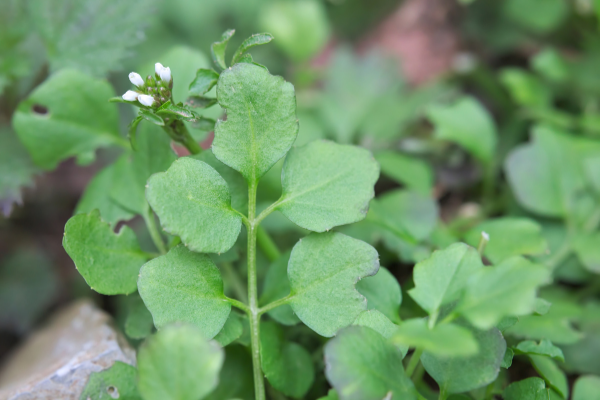
Exploring the features of the best plant identifier apps
With just a few clicks, you uncover the secrets of the botanical world right from your smartphone. A plant identifier app has revolutionized the way we interact with nature, offering an exciting and educational experience for both amateur gardeners and botany enthusiasts.
How do plant identifier apps work?
Plant identifier apps use image recognition technology to analyze photos of plants and match them with entries in their extensive databases. Here’s a simplified breakdown of the process:
- Image capture – The user takes a photo of the plant they wish to identify, capturing key features such as leaves, flowers, fruit, or even the entire plant.
- Image processing – The app’s algorithm processes the image, focusing on specific characteristics like leaf shape, flower colour, and overall structure.
- Database search – The processed image is then compared to a vast database of plant species, utilizing advanced machine-learning techniques to find the best match.
- Identification and information – Once a match is found, the app displays detailed information about the plant, including its scientific name, common name, family, and often additional facts and care tips.
Key features to look for in a plant identifier app
When choosing a plant identifier app, several features can enhance your experience and provide more accurate results. Here are some key aspects to consider:

- Accuracy and reliability – The app’s ability to accurately identify plants is paramount. Look for apps with a high success rate and positive user reviews regarding identification accuracy.
- Comprehensive database – A vast and regularly updated database is essential. For diverse users, the app should include both common and rare plant species.
- Multiple identification methods – While image recognition is the primary method, some apps offer additional ways to identify plants, such as leaf shape or flower colour matching, which is useful for quick identification.
- Detailed information – Beyond identification, the app should provide comprehensive information about each plant, including its growth habits, preferred climate, soil type, and care tips.
- Community features – Many apps now incorporate community elements, allowing users to connect, share their plant discoveries, and seek advice from fellow plant enthusiasts.
- Additional tools – Some apps offer extra features like plant care reminders, growth tracking, or even augmented reality (AR) experiences, adding an extra layer of engagement and education.
Tips for accurate plant identification
There is no doubt that plant identifier app are extremely advanced. Here are some tips to ensure more accurate identifications:
- High-quality images – Ensure your plant photos are clear, well-lit, and focused. Taking multiple shots from different angles will capture all the details.
- Focus on key features – When taking photos, focus on the plant’s unique characteristics, such as leaf shape, flower structure, or fruit colour. These details are crucial for accurate identification.
- Consider the environment – Note the plant’s habitat and surroundings. Some plants may have adaptations based on their environment, which can aid in identification.
Using augmented and virtual reality, we could have immersive experiences and learn more about plants. Learn about each plant’s unique characteristics and ecological significance by walking through an online botanical garden.

